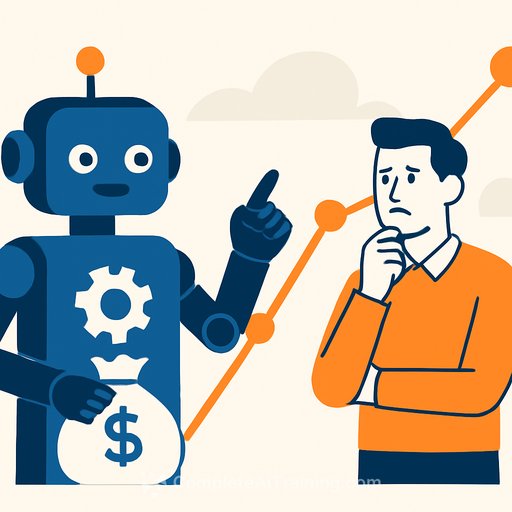AI-Generated Fake News Is Getting Better. Here's How to Spot It Before You Share
Two viral posts this week showed an iconic Las Vegas venue engulfed in flames. Both were AI-generated videos - convincing at first glance, completely false on review.
That's the point: AI is improving fast at mimicking breaking news. The days of taking posts at face value are done.
Why convincing fakes "feel" real
Benjamin Morse, who teaches digital and social media at UNLV's School of Journalism, says AI fakes often look "a little too clean" and "a little too perfect." Real news footage is messy - motion is shaky, angles vary, details conflict, and the scene feels chaotic.
"When I was watching the flames… it's not chaotic enough," he explained. "But in terms of the writing and the image at a glance, there's no way you're going to be able to detect that" without extra checks.
Slow down. Verify. Then decide.
Critical thinking is the first filter. Ask: If this event were real, would I be hearing about it here first? Would it be absent from other credible sources?
Morse's guidance is simple: don't accept a single post as truth. Verify across multiple outlets before you believe or share. Context beats urgency.
60-second checklist for readers, IT, and dev teams
- Cross-check the claim with at least two independent, reputable outlets or official accounts (city agencies, venue pages, verified local journalists).
- Scan the comments: are people calling out AI artifacts, posting debunks, or linking to official statements? Follow those threads.
- Check the source: search the outlet's name plus "about" or "contact." Thin sites with no staff masthead or address are red flags.
- Look for "too perfect" signals: smooth camera movement, uniform flames/smoke, spotless reflections, pristine audio, and physics that feel off.
- Time and place: does the weather, lighting, and skyline match the claimed location and hour? Local details often break fakes.
- Verify with a fact-check tool: try Google Fact Check Explorer or reputable fact-checkers like Poynter's MediaWise.
Team playbook (practical and quick)
- Create a #verify-first rule in Slack/Teams with the checklist above pinned.
- Bookmark official local sources (police, fire, venue accounts) and assign someone to check them before sharing hot takes.
- Keep a short list of trusted outlets and search them directly instead of relying on algorithmic feeds.
What still works - even as AI gets better
Multi-source verification is non-negotiable. If a big event isn't visible across at least a couple of credible sources within minutes, pause.
Take one minute. Get context. Most bad shares happen because we click faster than we think.
Want to level up your AI literacy?
If you're skilling up a team, curated, hands-on resources help. Explore current training options here: Complete AI Training - Latest AI Courses.
Your membership also unlocks:






